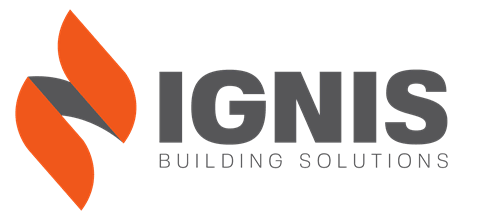
The importance of having an up-to-date fire and life safety program in place is crucial to saving lives and protecting property. There are many organizations involved in the implementation and enforcement of the National Fire Code. Fire safety systems may have been installed by one or more contractors, and the maintenance may be performed by yet another. If there are compliance issues that arise during an inspection, the question is who is responsible? Here is a breakdown.
The National Fire Code of Canada (NFC) is developed by the Canadian Commission on Building and Fire Codes (CCBFC). It “sets out the technical provisions regulating activities related to the construction, use or demolition of buildings, the condition of specific elements of building and facilities and the design or construction of specific elements of facilities related to certain hazards as well as the protection measures for the current or intended use of buildings.”1 It is published by the National Research Council (NRC).
The Ontario Fire Code is provincial legislation and is a regulation under the Fire Protection and Prevention Act. It is used in conjunction with the Ontario Building Code outlining the minimum requirements regarding fire safety within and around buildings.
The Ontario Fire Marshalls Office is responsible for providing advice and assistance on the application and enforcement of the Ontario Fire Code and manages an appeals process.
On-site inspections are the territory of the municipal fire services. In Toronto, that duty falls under the Toronto Fire Services who conduct compliance inspections and have the authority to issue any Notice of Violation.
When a fire system is installed, it may be assumed that the contractor, service provider or product manufacturer is accountable for ensuring the system meets the Fire Code. To be clear, it is the responsibility of property owners to maintain buildings to meet the Ontario Fire Code.
Inspections by Toronto Fire Services, or your local municipality, are done continuously. At different times, different mandates are under review. Keeping up to date on the current mandates should be part of a regular internal review. Upon inspection, if a Notice of Violation is issued there is a set period for it to be resolved and a follow-up inspection is scheduled. In addition to the cost of compliance, follow-up inspections are subject to fees that vary depending on the issue.
What can building owners and property managers do to ensure buildings and facilities are compliant? Review your current Inspection, Test & Maintenance Program program and ask the following:
Are maintenance records up to date?
Are you aware of, and compliant with, any updates to the Code?
Are you aware of the current mandates?
Do you have managers who are responsible for overseeing the fire and life safety systems?
Is there a system in place to address issues on an on-going basis and keep the property owner informed?
Do you have regular audits performed to ensure compliance?
As a property owner or manager, if you have trouble answering any of these questions it is time to review your fire and life safety systems management. IGNIS Building Solutions has a free Compliance Status survey that can be completed in a couple of minutes to help determine the health of your fire and life safety program.
